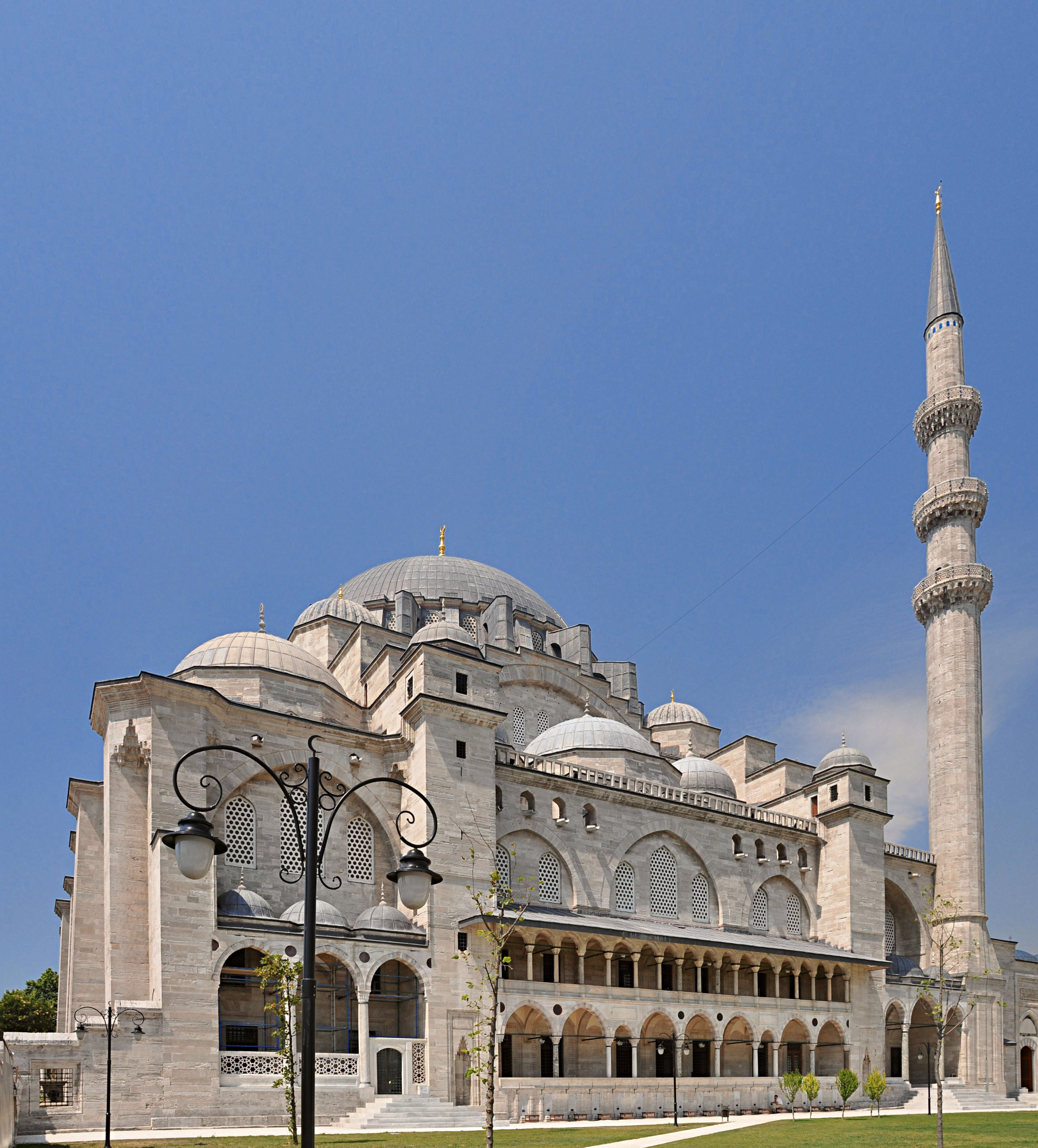Uncovering Istanbul’s Byzantine Past: Exploring the City’s Ancient Monuments
Istanbul, a city of rich cultural heritage and diverse history, is often called the “city of the world’s desire” due to its captivating beauty and magnificent monuments. The city has witnessed the rise and fall of empires and has played a pivotal role in the history of civilization. From the Roman, Byzantine, and Ottoman periods, Istanbul has preserved a wealth of ancient monuments that offer a glimpse into its past.
One of the most significant periods in the city’s history is the Byzantine era, which lasted from the 4th century to the 15th century. During this period, Istanbul was known as Constantinople and was the capital of the Eastern Roman Empire. Many of the city’s most impressive monuments date back to this time, and they are a testament to the grandeur and power of the Byzantine Empire.
The Hagia Sophia, one of Istanbul’s most famous landmarks, is a remarkable example of Byzantine architecture. Built in the 6th century, this church-turned-mosque-turned-museum has stood the test of time and remains one of the city’s most visited attractions. The stunning interior, with its massive dome and intricate mosaics, is a sight to behold and reflects the grandeur of the Byzantine Empire.
Another impressive monument from the Byzantine era is the Chora Church, located in the Edirnekapi neighborhood. Originally built as a monastery in the 4th century, the church was rebuilt in the 11th century and is known for its beautiful mosaics and frescoes. The interior of the church is covered with intricate scenes from the Bible and is a must-see for anyone interested in Byzantine art.
The Walls of Constantinople are another testament to the city’s Byzantine past. These massive walls were built to protect the city from invaders and were some of the most advanced fortifications of their time. Although parts of the walls have been destroyed over the years, many sections still stand and offer a glimpse into the city’s military past.
One of the most fascinating aspects of Istanbul’s Byzantine past is the underground cisterns that were built to supply water to the city. The Basilica Cistern, located near the Hagia Sophia, is one of the largest and most impressive of these cisterns. Built in the 6th century, the cistern features towering columns and intricate carvings and was used to supply water to the city for centuries.
The Istanbul Archaeology Museum is another great place to explore the city’s Byzantine past. The museum houses an extensive collection of artifacts from the Byzantine era, including mosaics, sculptures, and coins. Visitors can learn about the daily life and culture of the Byzantine Empire and gain a deeper understanding of the city’s rich history.
In conclusion, Istanbul’s Byzantine past is an essential part of the city’s history and has left an indelible mark on its culture and architecture. Exploring the ancient monuments that have survived through the centuries is an excellent way to experience this rich heritage and gain a deeper appreciation for the city’s place in the world’s history. From the stunning Hagia Sophia to the impressive Walls of Constantinople, Istanbul’s ancient monuments are a testament to the power and grandeur of the Byzantine Empire.

